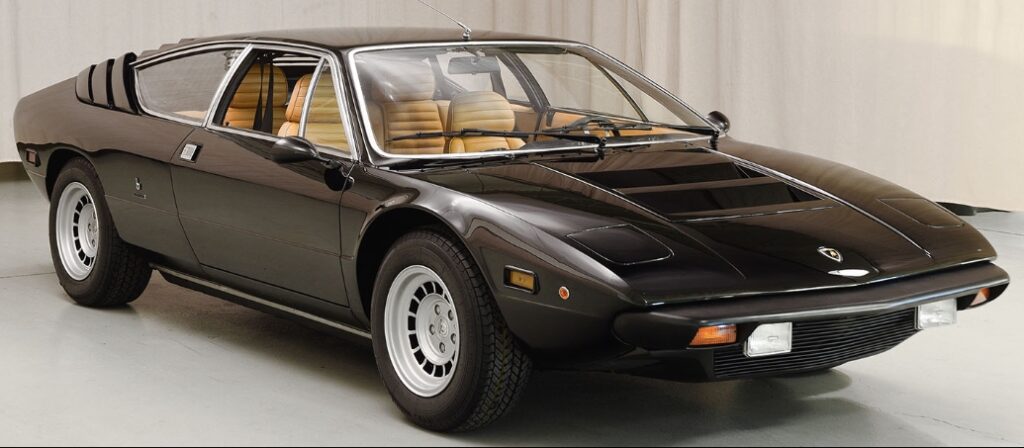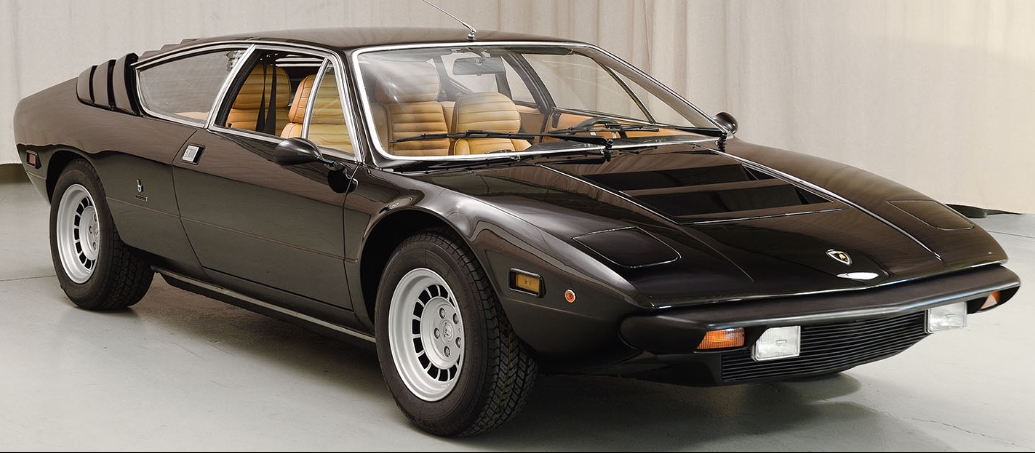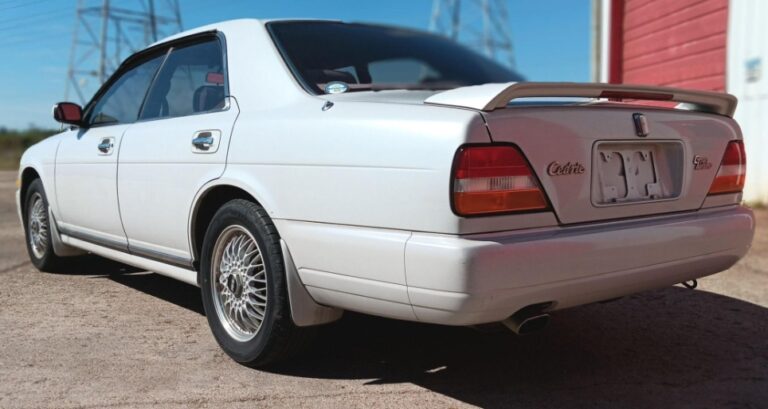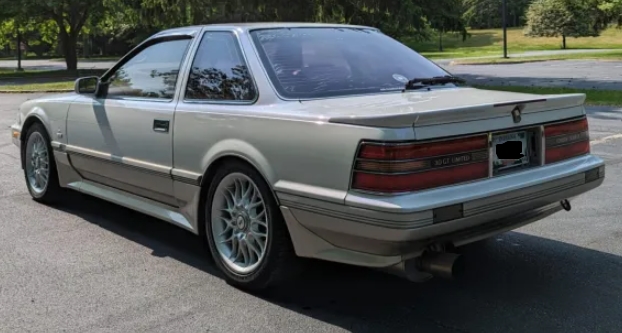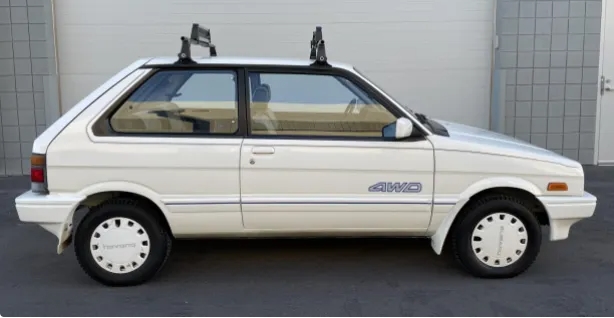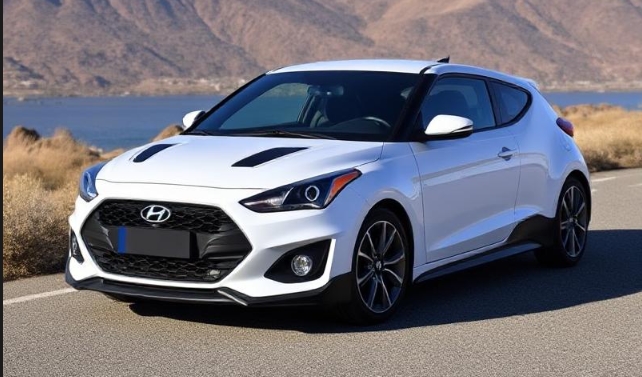The Evolution of the Lamborghini Urraco
The Lamborghini Urraco stands as a significant chapter in the storied history of Lamborghini, representing the company’s ambitious foray into the mid-engine, affordable supercar market during the 1970s. Introduced as a more accessible alternative to the company’s flagship models, the Urraco combined innovative engineering with a distinctive design, contributing to Lamborghini’s reputation for high-performance, exotic vehicles. This article traces the evolution of the Lamborghini Urraco, detailing its production years, models, and trim levels, providing a thorough understanding of its development and legacy.
Origins and Development (Late 1960s – Early 1970s)
In the late 1960s, Lamborghini was primarily known for its V12-powered, grand touring models—the Miura and later, the Countach. However, the company sought to expand its lineup by entering the relatively new segment of mid-engine, more affordable supercars. This strategic move was motivated by the desire to broaden Lamborghini’s market appeal and compete with emerging rivals like Ferrari and Porsche.
The development of the Urraco began in the late 1960s, with the goal of creating a compact, sporty, and more accessible Lamborghini. The project was led by engineer Paolo Stanzani and designer Bob Wallace. The prototype was unveiled in 1970 at the Turin Motor Show, signaling Lamborghini’s entry into the mid-range sports car segment.
Production Timeline and General Overview
The Lamborghini Urraco was produced from 1973 to 1979, with a total of approximately 791 units built across various models and trim levels. Its relatively short production run reflected both its niche appeal and the economic challenges faced by Lamborghini during the 1970s.
First Generation Urraco (1973–1979)
Introduction of the Urraco P250 (1973)
The initial model, known as the Urraco P250, was introduced in 1973. It featured a 2.5-liter V8 engine, producing approximately 220 horsepower. This model was designed to offer a balance of performance and affordability, targeting a broader audience than Lamborghini’s traditional V12 sports cars.
Key specifications:
- Engine: 2.5L V8 (90° V8)
- Power: ~220 hp
- Transmission: 5-speed manual
- Performance: 0-60 mph in ~6.7 seconds; top speed around 155 mph
- Chassis: Steel monocoque with independent suspension
The P250 was notable for its innovative design, featuring a sleek, wedge-shaped body with pop-up headlights, a hallmark of Lamborghini styling during this era. Inside, it offered a driver-focused cockpit with basic but functional instrumentation.
Introduction of the Urraco P200 (1974)
In 1974, Lamborghini introduced the Urraco P200, an even more affordable and slightly less powerful version aimed at expanding sales in Europe and North America.
Key specifications:
- Engine: 2.0L V8 (roughly 182 hp)
- Power: ~182 hp
- Performance: Slightly slower than the P250 but still offering respectable acceleration
- Features: Similar styling to the P250 but with less interior luxury and fewer options
The P200 was produced mainly for markets where tax regulations penalized larger engines, making it an attractive option for buyers seeking Lamborghini’s style and performance at a lower price point.
Urraco P300 (1974–1976)
Responding to market demand for more power, Lamborghini introduced the Urraco P300 in 1974. This model was equipped with a larger 3.0-liter V8 engine, producing 250 horsepower, and became the most popular version of the Urraco.
Key specifications:
- Engine: 3.0L V8
- Power: 250 hp
- Performance: 0-60 mph in approximately 6.0 seconds; top speed about 162 mph
- Transmission: 5-speed manual, with optional 5-speed ZF automatic in some markets
The P300 featured subtle styling updates, including larger air intakes and minor exterior tweaks. Interior options improved, offering better trim levels and optional features like leather upholstery.
Special Variants and Trim Levels
Throughout its production, the Urraco was available in several trim levels, often reflecting the engine size and market-specific configurations.
Urraco S (1974–1979)
The Urraco S was a performance-focused variant introduced in 1974 alongside the P300. It featured a more aggressive suspension setup, larger brakes, and a slight increase in power due to engine tuning.
Key features:
- Engine: 3.0L V8, tuned to produce up to 265 hp in some configurations
- Performance: Improved handling and acceleration
- Exterior: Subtle visual cues such as unique badging and optional sportier wheels
The S trim was aimed at enthusiasts seeking a more dynamic driving experience, and it is now one of the more collectible versions of the Urraco.
Urraco P250 and P200 (Special Editions)
Limited editions and market-specific versions of the P200 and P250 were occasionally produced, often featuring unique paint schemes, interior options, or equipment packages. However, these were not formal trim levels but rather bespoke or limited-run variants.
.
MANY auto lovers not only spend time in their garages to tinker on their autos, but have other projects going on in there as well. Wood working is a popular pastime for the creative type of individual. Not sure what to make next? Or thinking about getting into this kind of hobby? There’s lots of possibilities… Here’s some of them…

.
End of Production and Legacy (1979 and Beyond)
By 1979, Lamborghini ceased production of the Urraco, largely due to economic difficulties, rising costs, and shifting corporate priorities. The Urraco’s relatively short lifespan meant that it did not have the extensive model lineup or updates seen in Lamborghini’s flagship vehicles.
Despite this, the Urraco played a pivotal role in Lamborghini’s evolution. It demonstrated the company’s ability to produce a mid-engine V8 supercar that balanced performance with affordability, setting the stage for future models like the Silhouette, Jalpa, and even the Diablo.
Collectibility and Modern Appreciation
Today, the Lamborghini Urraco is regarded as a classic collector’s piece, appreciated for its distinctive styling, engineering innovation, and its role in Lamborghini’s history. The P300 and S models, with their higher performance and more refined features, are particularly sought after.
Summary of Models and Trim Levels
| Year(s) | Model | Engine | Power (hp) | Notable Features |
|---|---|---|---|---|
| 1973–1974 | Urraco P250 | 2.5L V8 | ~220 | Original model, balanced performance |
| 1974–1976 | Urraco P300 | 3.0L V8 | 250 | Main production model, more power |
| 1974–1979 | Urraco P200 | 2.0L V8 | ~182 | Entry-level version, market-specific |
| 1974–1979 | Urraco S | 3.0L V8 | 265+ | Performance upgrade, sportier features |
Conclusion
The Lamborghini Urraco was a pioneering model that marked Lamborghini’s shift toward mid-engine, more accessible supercars. Its development from the early 1970s through 1979 saw the introduction of multiple models and trim levels, each catering to different markets and driving preferences. While its production was relatively limited, its influence is evident in Lamborghini’s subsequent models and its enduring legacy among enthusiasts.
The Urraco’s distinctive styling, engineering innovations, and place in Lamborghini’s history make it a significant chapter in the story of one of the world’s most iconic automotive brands. Today, it remains a symbol of Lamborghini’s bold design philosophy and engineering prowess during a transformative era for supercars.
